Galleou Public Speaking

The Peas of Public Speaking®
The Peas
The First 15 Peas Fifteen Peas of Public Speaking to help create and deliver a Presentation.
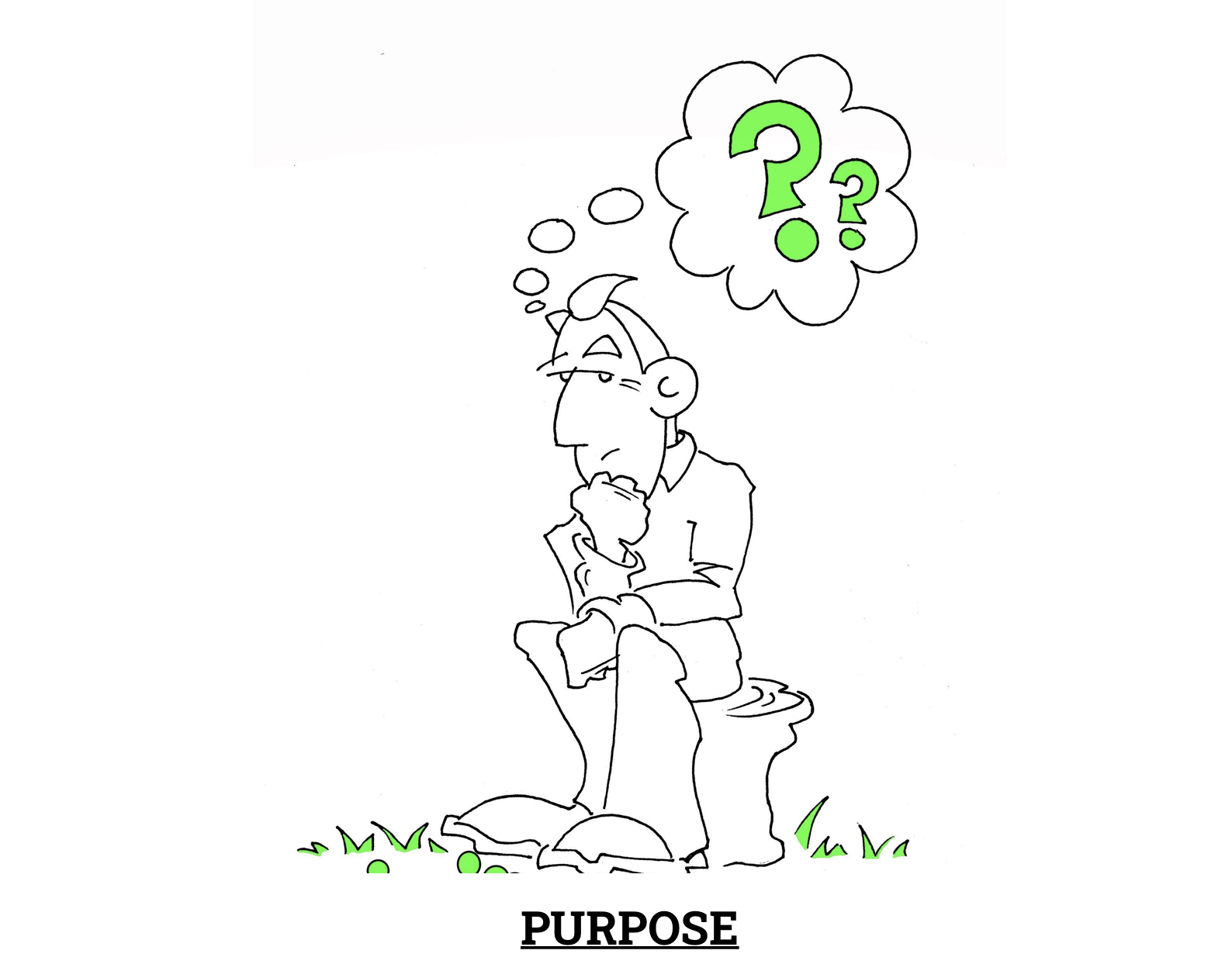
Slide title
Write your caption hereButton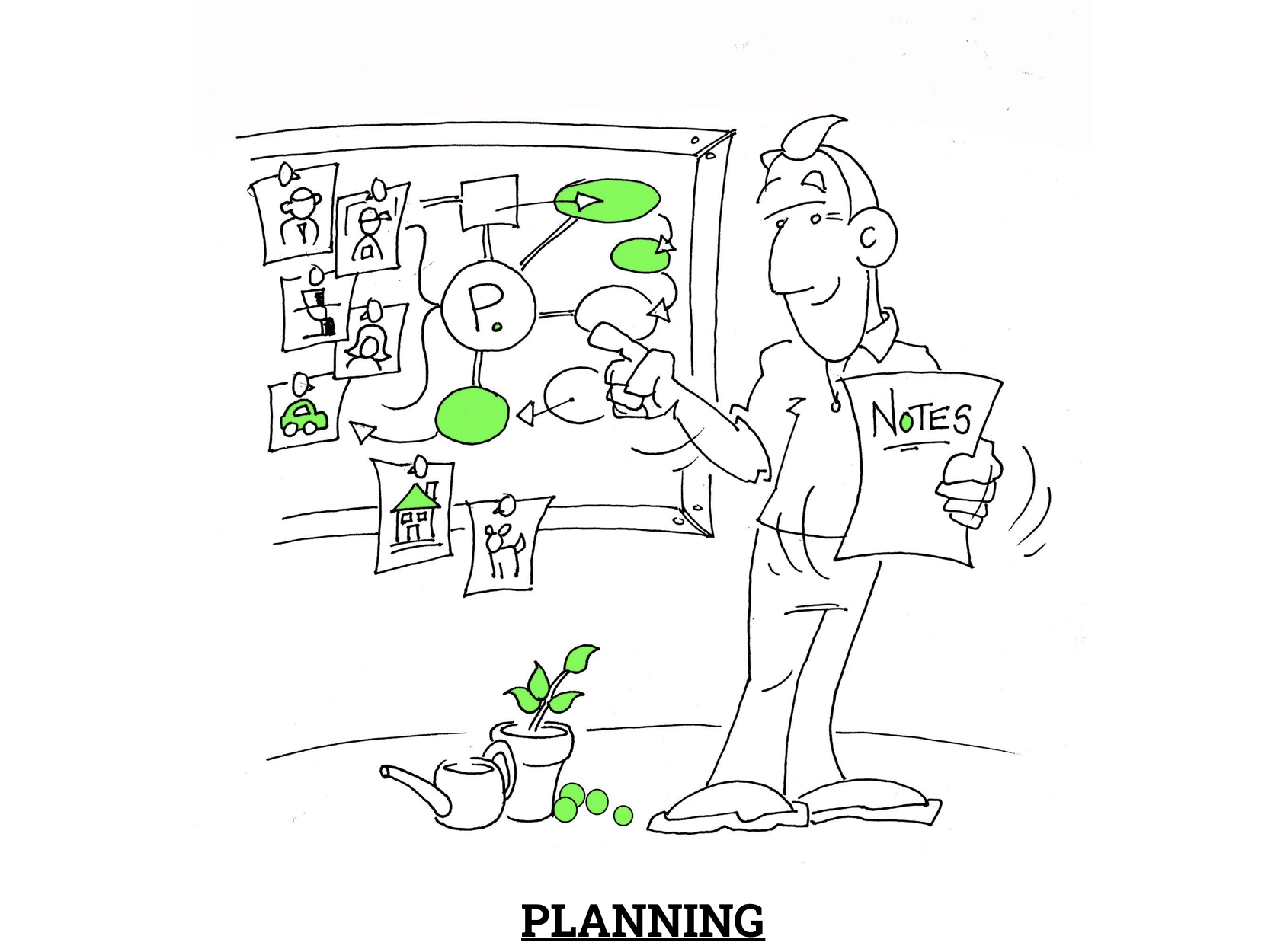
Slide title
Write your caption hereButton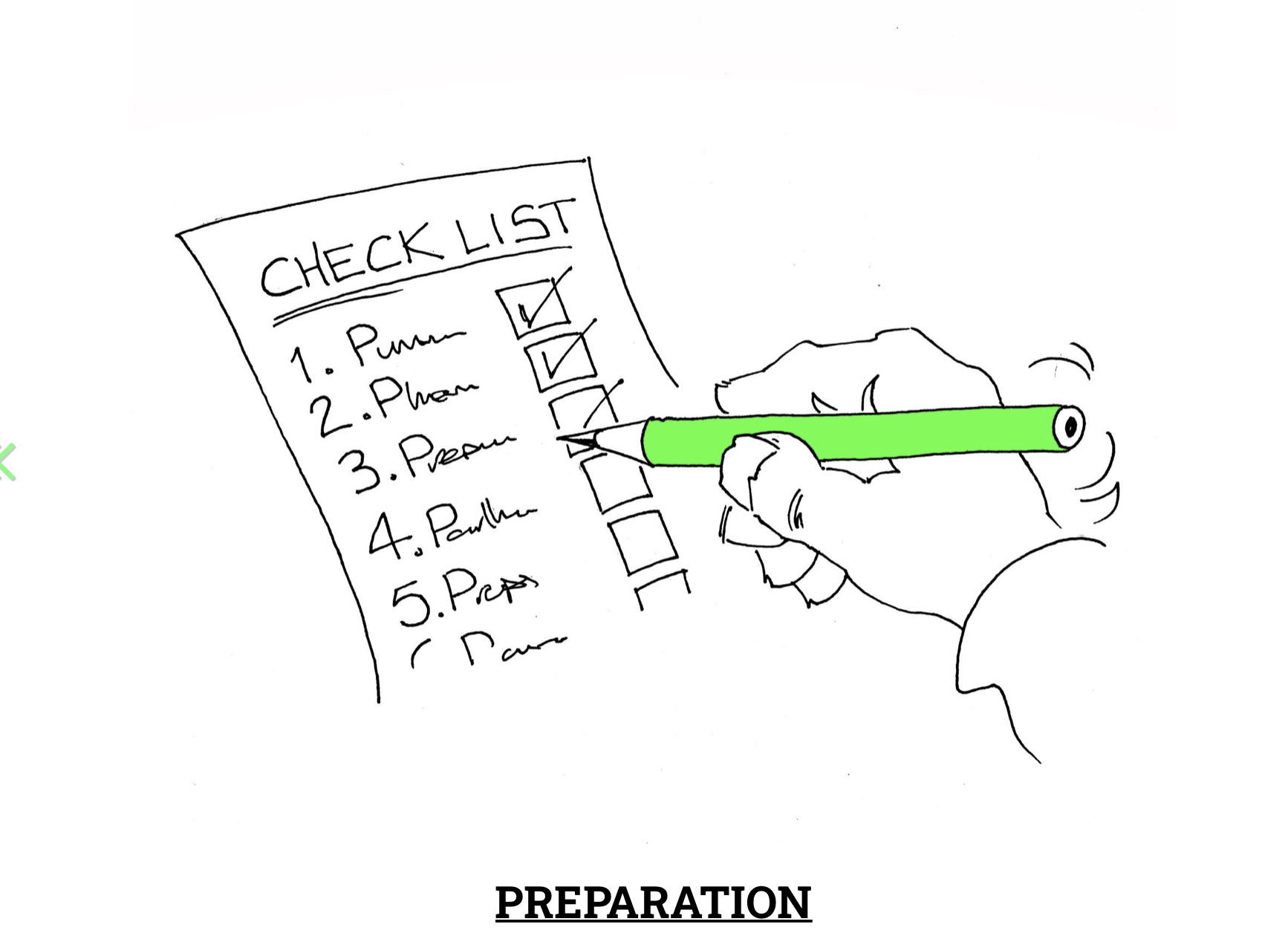
Slide title
Write your caption hereButton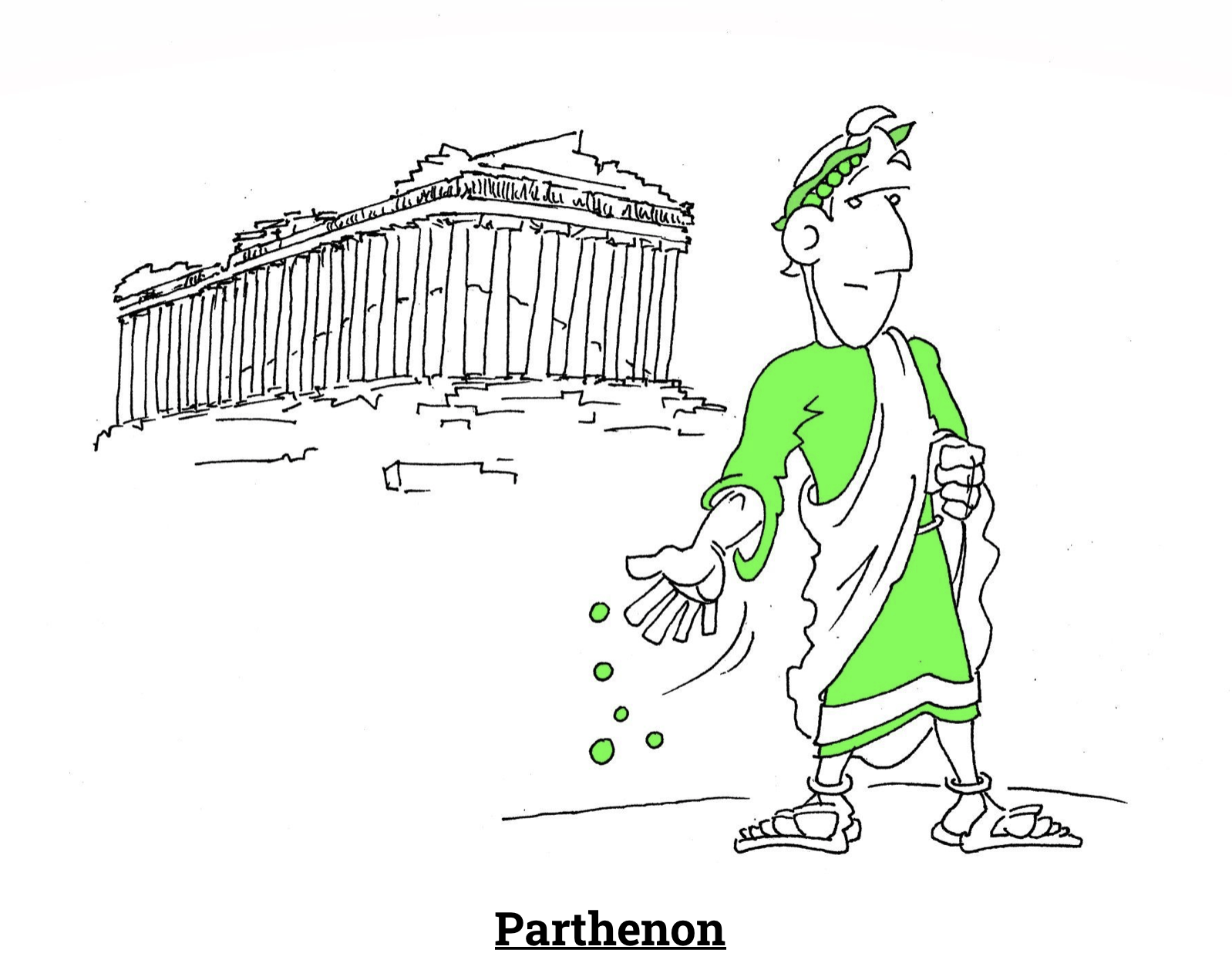
Slide title
Write your caption hereButton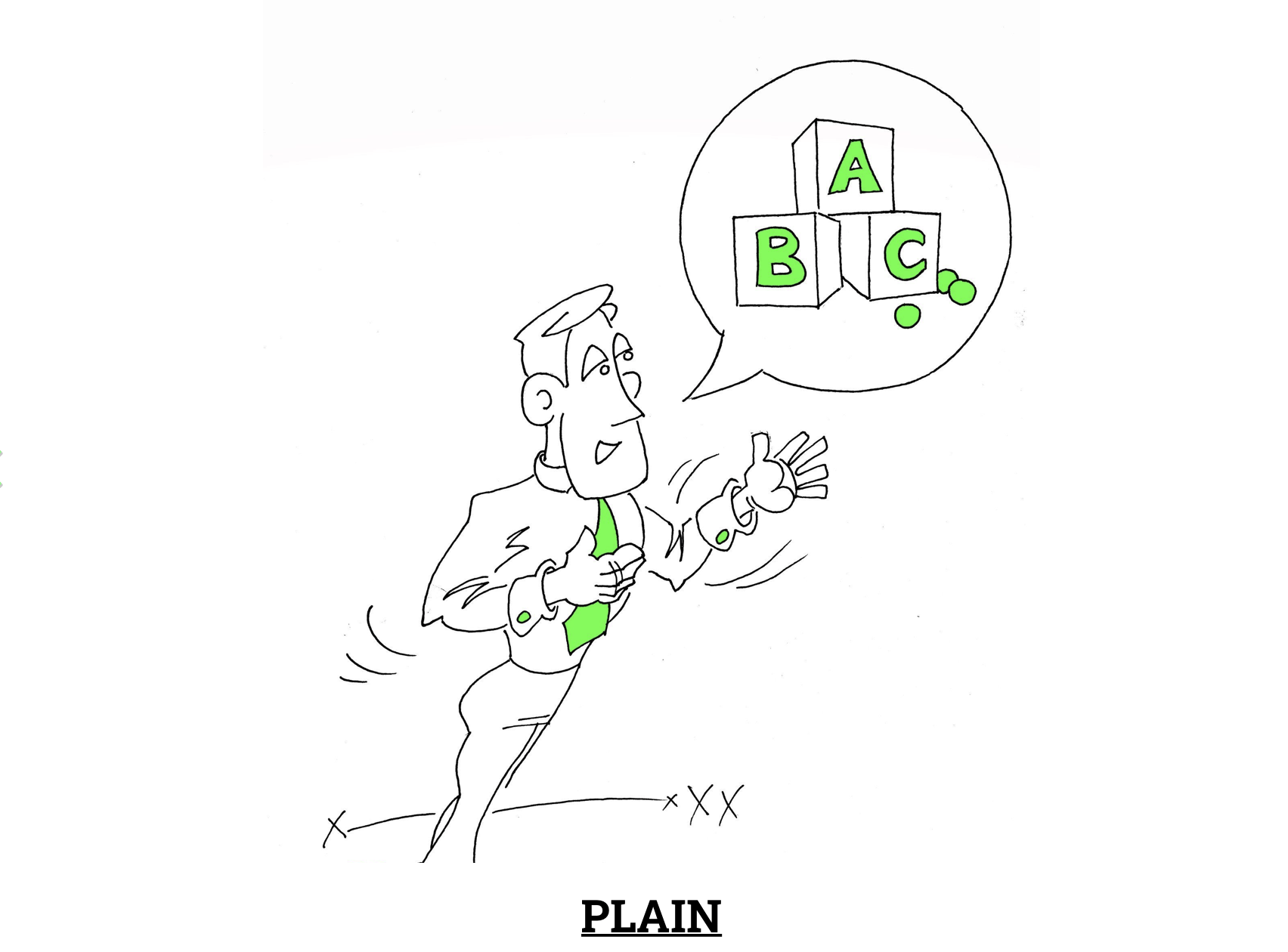
Slide title
Write your caption hereButton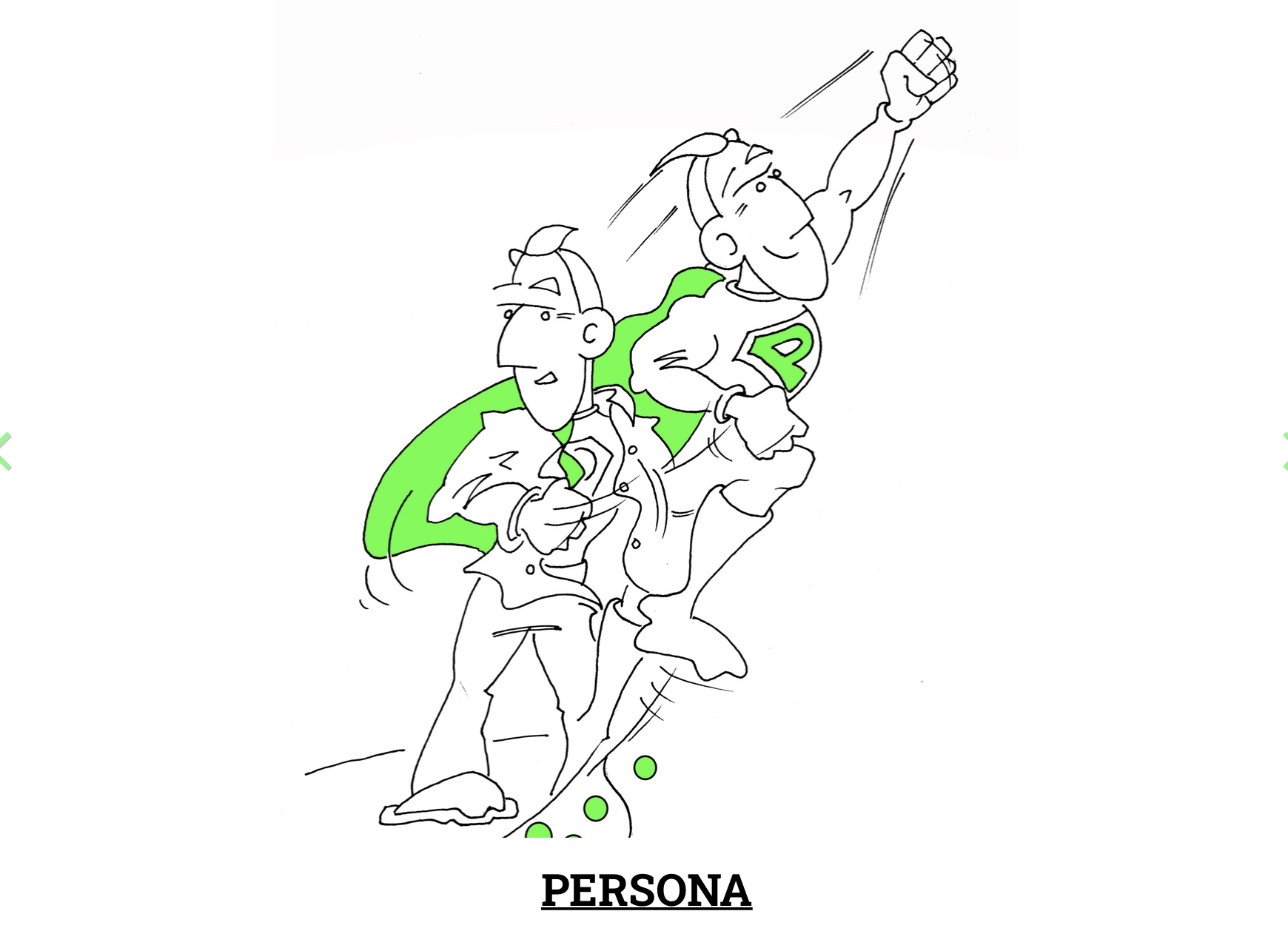
Slide title
Write your caption hereButton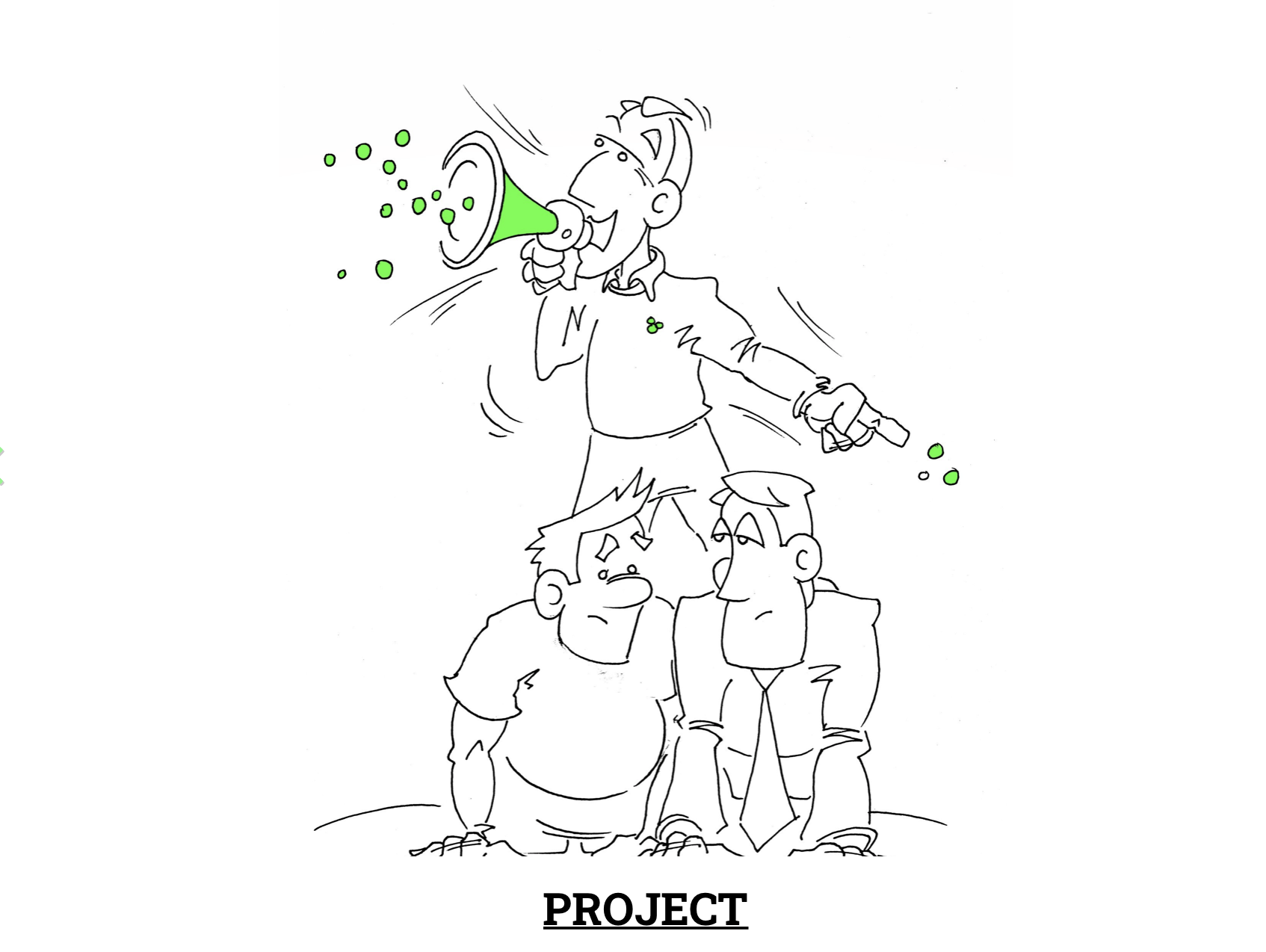
Slide title
Write your caption hereButton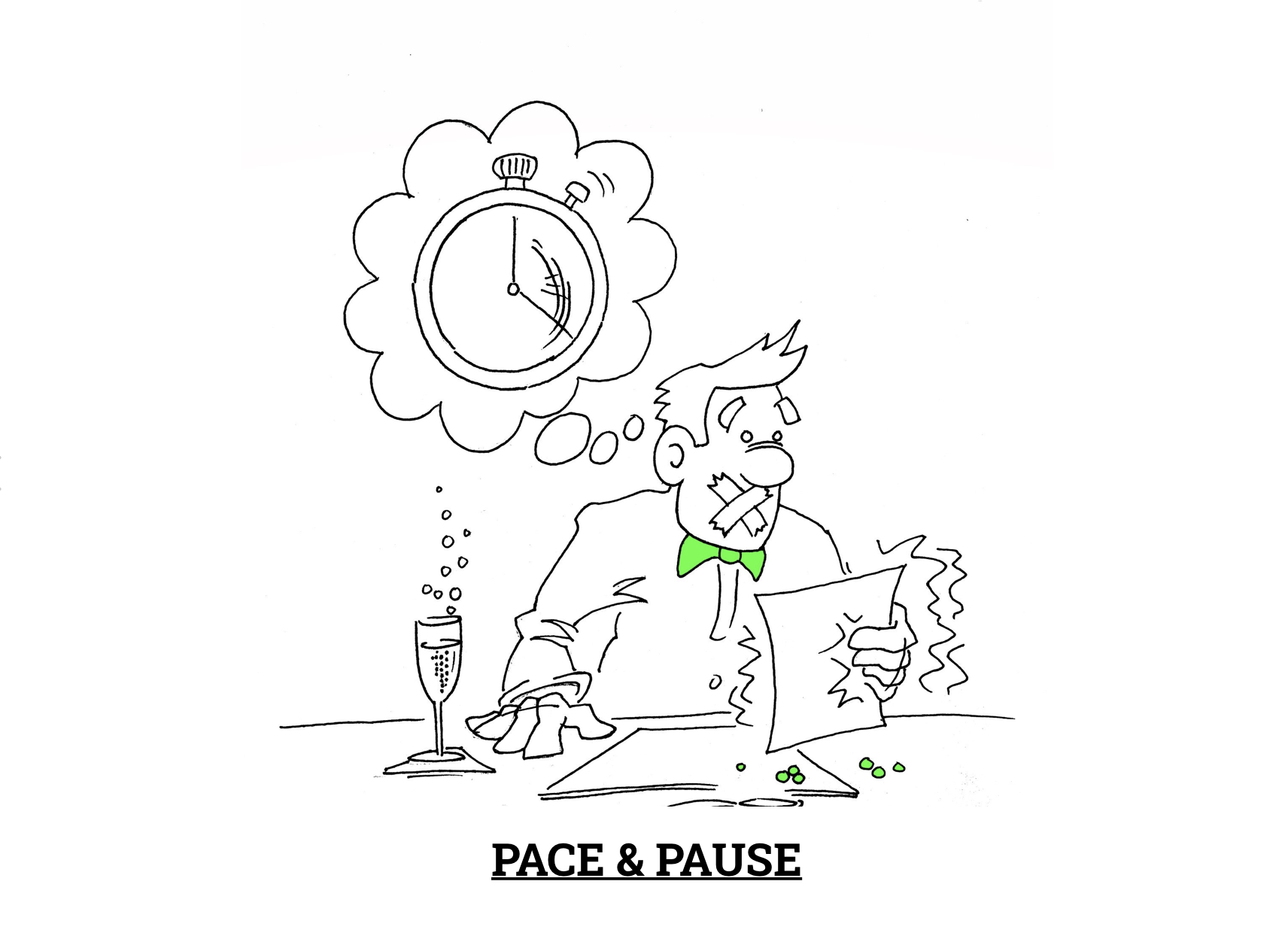
Slide title
Write your caption hereButton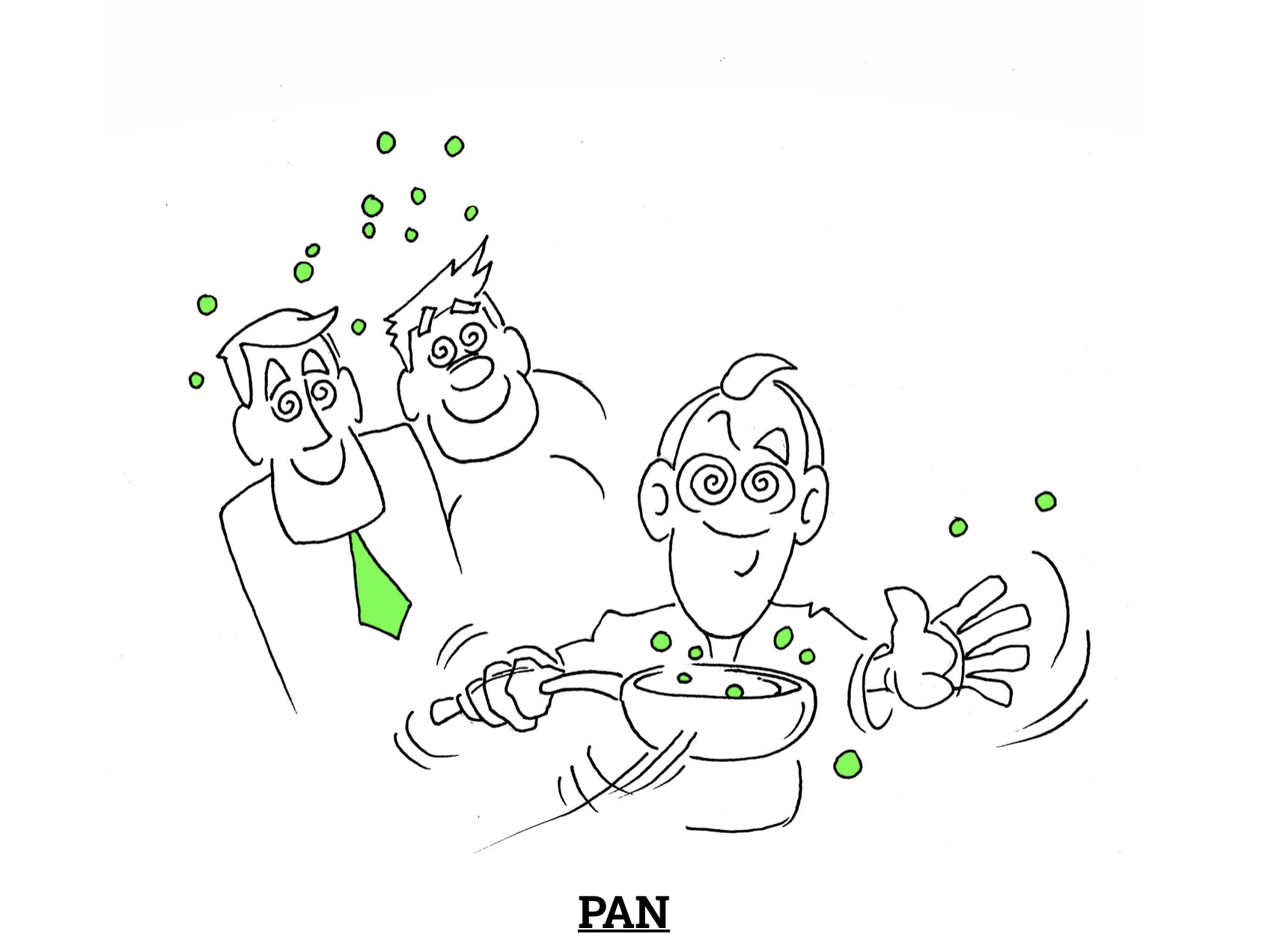
Slide title
Write your caption hereButton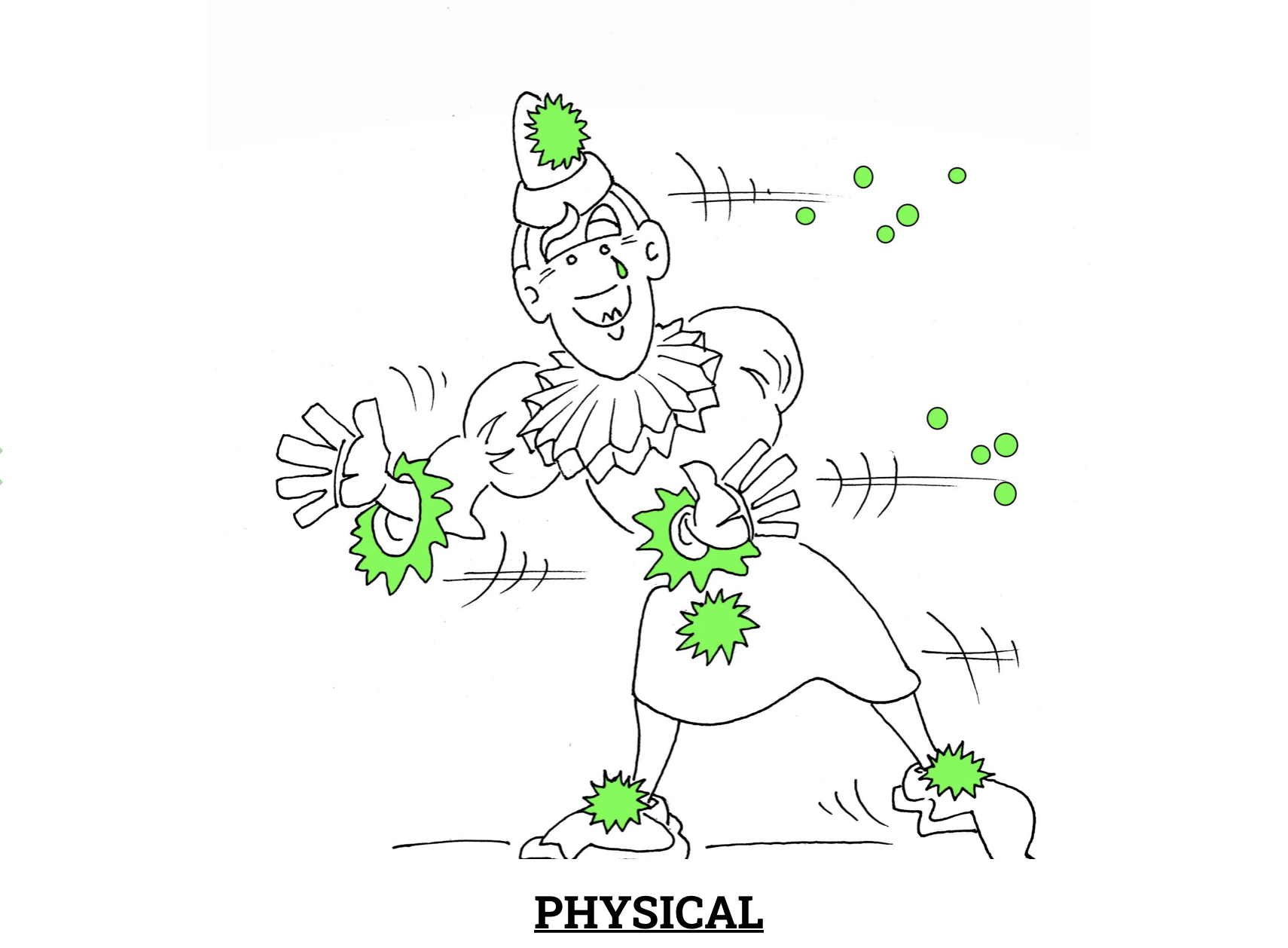
Slide title
Write your caption hereButton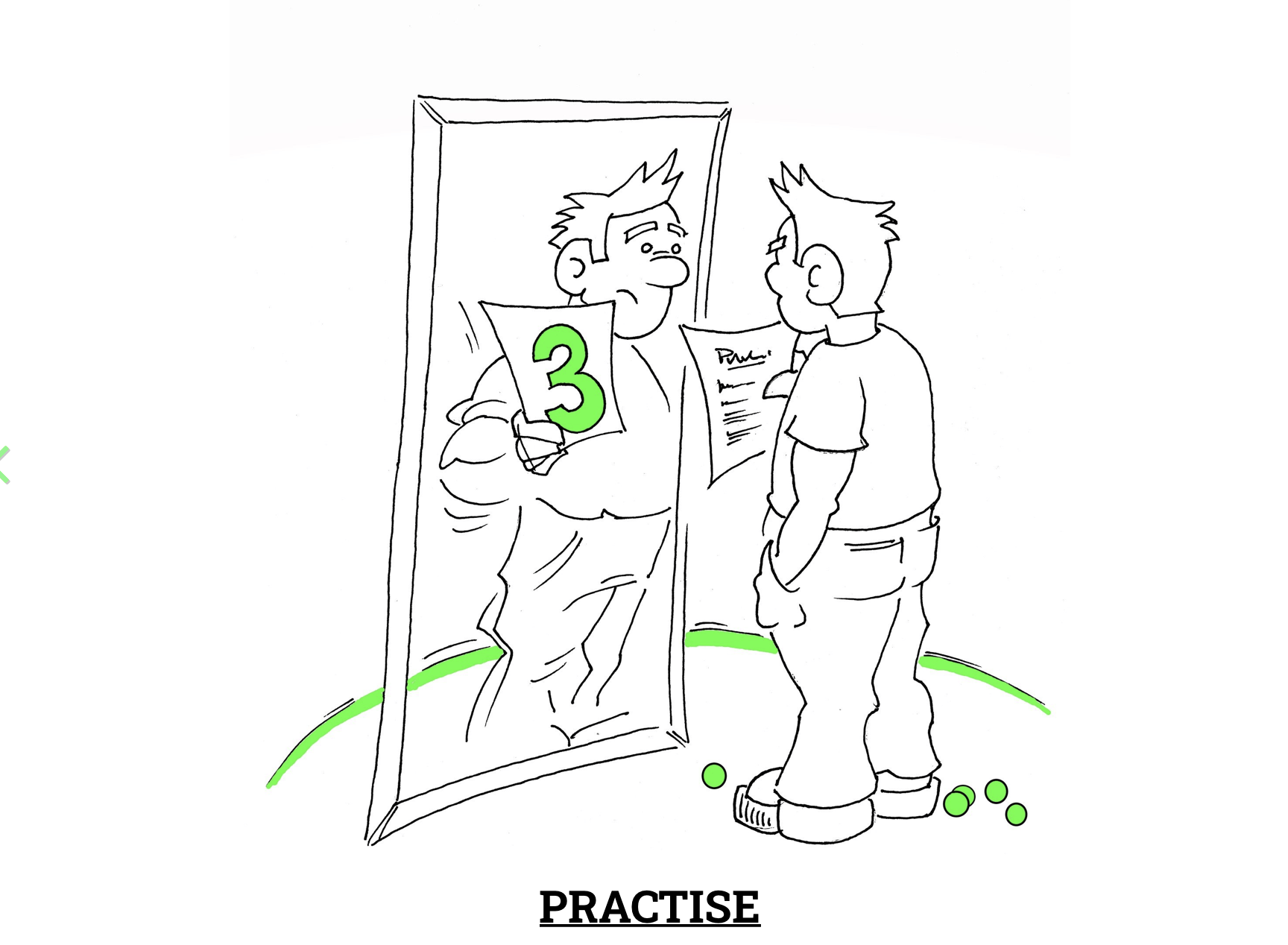
Slide title
Write your caption hereButton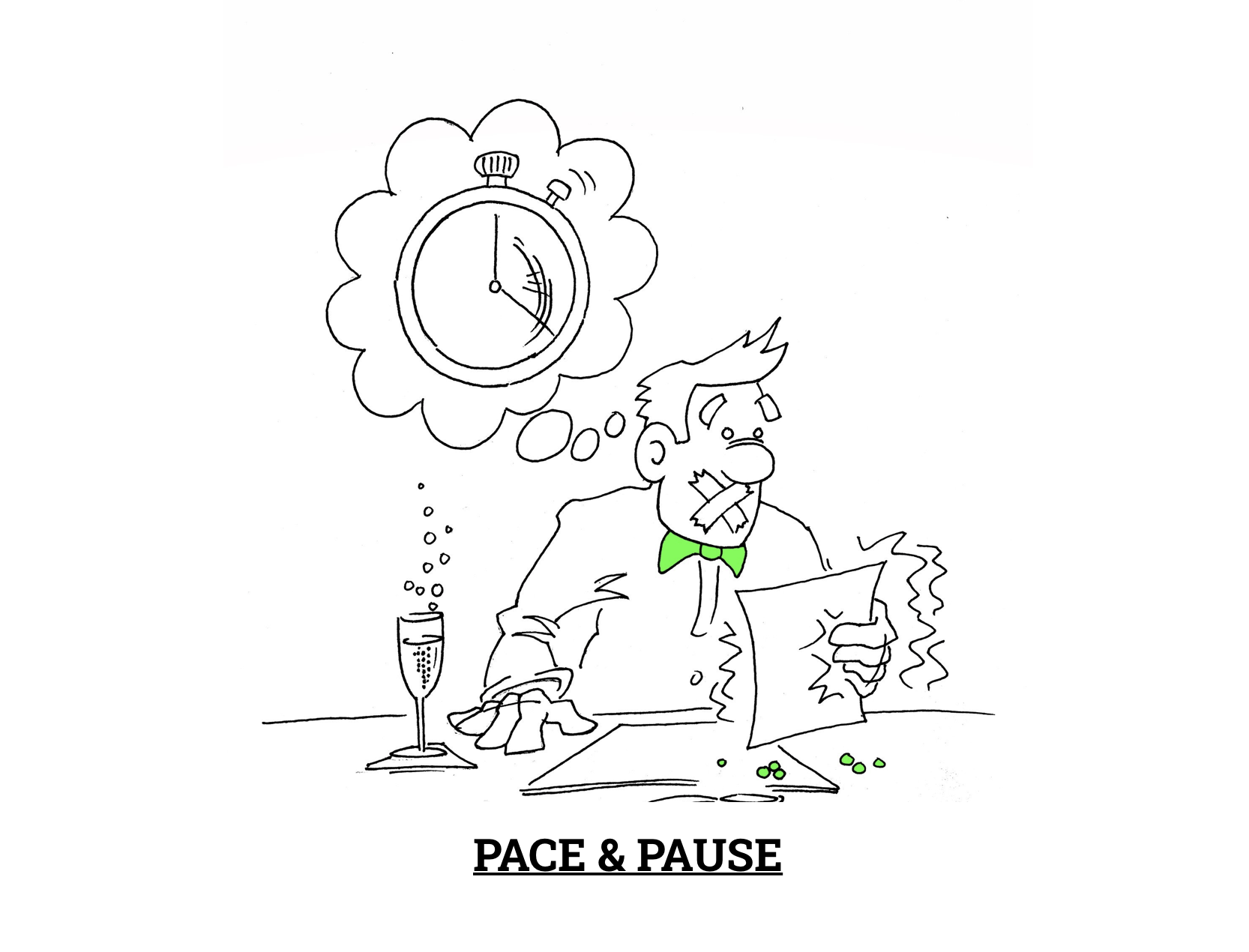
Slide title
Write your caption hereButton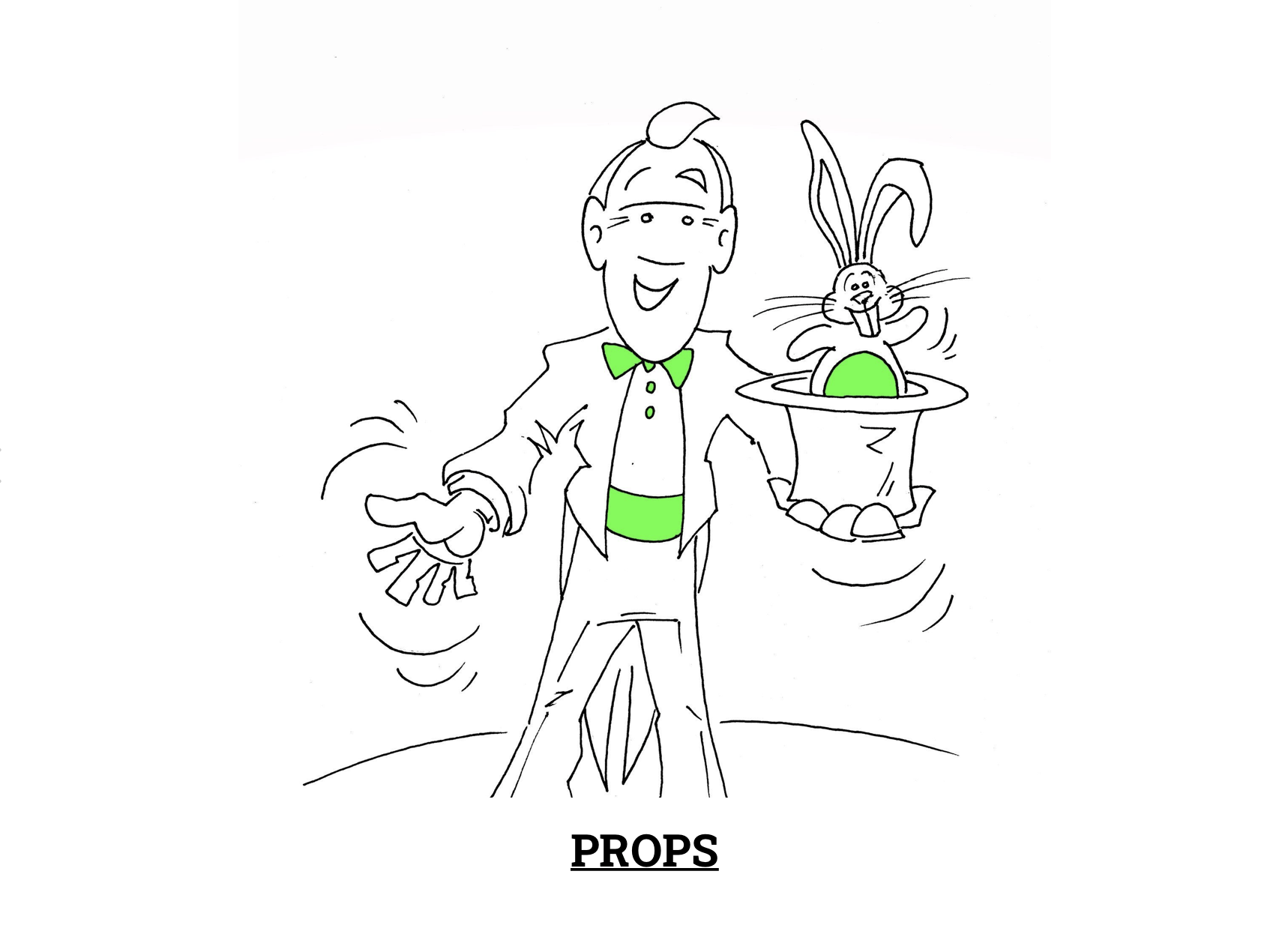
Slide title
Write your caption hereButton
Slide title
Write your caption hereButton
The Peas of Public Speaking – Garden Peas
It’s a unique approach to an appreciation of the skills and techniques of Public Speaking that you will remember and use for ever using ‘Peas’. Yes, Garden Peas
What have Garden Peas got to do with Public Speaking?
No, it’s not a Joke. It is, however, a light-hearted approach to the serious business of communicating information to and with others in any Public environment when and where information is being shared.
This Pod of the Peas will help you concentrate on many of the skills and techniques needed to be focused on for successful communications.
They are a series of words beginning with the letter ‘P’
There follows a selection of fifteen essential tips for successful Public speaking mentioned in Graham’s first book –
‘How to make a Confident and Memorable Wedding Speech –
The Peas of Public Speaking’.
Pace/Pause - Parable/Paint – Parthenon – Pan - Paraphrase/Precis - Personality/Persona – Physical -Plain – Planning – Pleasant – Practise – Preparation – Project - Props - Purpose
The content of each Prompt is abbreviated here. The extended versions are available along with the history of the Peas –
See Publications on the Main Menu or click here.
Pace
Sharing information Publicly is not a race. Take your time as there is no rush, so speak at a speed that suits the subject and audience – that said, speed up and slow down as appropriate – vary the speed to make the content interesting and memorable – this will help engage better with the listeners.
Pause
It is amazing how Powerful silence can be, even just a couple seconds, and the word sits neatly with the Pace of your Patter.
Use it at the beginning of a Presentation to gain the attention of your audience. Then use this technique to maintain that attention throughout the body of a talk especially at Points that you want the listeners to really take note of.
Remember - ‘The Power of Silence’.
Paint
What do you ‘see’ in your mind’s eye while reading or listening to a story?
You Probably visualise Pictures related to that story. That’s because the writer or storyteller wants you to do just that.
So, when Presenting, tell stories and share anecdotes relevant to the session to Paint Pictures in the minds of your audience. People love a story as it helps them to visualise something real rather than something abstract. Think of those stories told to you when young and the Pictures you were able to create in your mind. They stuck in your mind.
Parthenon
Remember how impressive and strong a structure the Greek Parthenon is. It has stood the test of time. This is something that every speech needs to have in the form of BBC. No, not the British Broadcasting Corporation but the Beginning, Body and Conclusion. Some say the most impactive elements are your beginning and conclusion.
The Presentation needs a solid structure - B.B.C. (Beginning, Body and Conclusion). Most television news broadcasts follow this Pattern - Highlights, Main News and … ‘and Finally’ …
Pan
What importance do you Place on eye contact?
Consider the topic of making eye contact when making a Presentation with your Participants. Also, consider different cultures who, for various reasons, avoid eye contact.
Eye contact is essential and must be used to fully communicate with everyone Present. So, Pan the room with your eyes throughout the Presentation. Include those who do not appear to be looking at you. Strange as it may seem, they will feel your eyes in a similar way that they hear your voice.
Pan the whole Place with your Peelers.
Paraphrase (Precis)
Often during the Preparation stage a fully worded script of everything intended to speak is created.
Reading material from a script sounds unnatural so think about cutting it down. There is always a risk that by using a full script at the event it will be read rather than used as a reminder of the speech content.
• Initially work through the full script and highlight the main Points and Practise the delivery from the
highlighted selection only
• Then cut the script into short notes or bulleted points using the highlighted pieces
• Continue practising the delivery from this list as an aide memoire
The result – success - as you will sound far more spontaneous.
Personality
It’s yours so use it appropriately to successfully communicate the message being shared. Keep it real and true.
Physical
Be animated - use gestures as in a normal face to face oral conversation and communication. The audience will be watching your body as much as listening to the words spoken – they will be reading your body language.
In conversation we use gestures naturally. We use our hands and move about a little – far more interesting and normal than standing Perfectly still.
Be aware of what you are doing with your body and the effect it may have on the audience. Ensure it is synchronised or in congruence with your words.
Plain
Plain and Simple - K.I.S.S the message
There’s no need to complicate things so use the K.I.S.S. Principle and ‘Keep it simple’ or ‘Keep It Short and Sweet’. It’s as simple as that - keep everything to the essentials by being Specific.
Avoid jargon and keep everything said and done inclusive. Use Props whenever Possible to enhance the words spoken.
Planning
It’s Part of the Preparation Process.
Arm yourself with the Purpose of a Presentation. Think about what must, should and could be spoken about.
This will include what you believe the audience will need/want to see and hear about the topic.
Research the topic and consider what you might use to support and
enhance what you Plan to speak about, e.g. Props, Videos.
Pleasant
Be appropriately Pleasant – be agreeable – use a Persona suitable for the occasion – use your Personality.
It is so essential to look and feel good, so smile.
Try it - smile to yourself and get that happy feeling. Smile to someone else to prompt a returning smile
– it works like looking into a mirror.
Practise
Practise – Practise – Practise – It’s true, Practise does make Perfect.
That’s why Actors rehearse – rehearse – rehearse before opening night.
Now here’s the thing – Professional sports People all Practise. Golfers get out on the course regularly and Practise ahead of competitions then visualise a shot immediately before taking it.
Once your material is ready Practise it out loud and while standing or in whatever
Position you are likely to take for the real thing.
Do this while visualising the audience right there in front of you.
Preparation
Preparation runs like a golden thread right through from planning to the day of the speech.
Ensure it includes many of the Peas.
Part of the initial stage of putting a Presentation together – Planning – research - rehearsal – getting supporting material - notes – aids – resources – visuals - Props together – absolutely everything.
One important feature is, if Possible, to visit the location where the speech is to take Place to see and feel
what it will be like of the day of the event.
Project
Adopt a conversational type of approach while speaking ‘up and out’ at an appropriate speed so everyone can hear and understand you. Make sure everyone can see and hear you and if necessary, stand on something.
Project your voice and yourself – Project your Personality to every individual in every area of the whole space.
Vary the pitch and tone as much as possible to make the voice more interesting.
Use a microphone with sound system if necessary.
Props
At an early stage of Planning and Preparing a session, consider the use of visual material to support
whatever you are thinking about saying and doing.
This can include Photographs and virtually anything else that is Practical to show or Physically demonstrate and
thereby enhance the spoken words.
The article used is there to support and enhance what you are talking about.
Remember – ‘A picture speaks a thousand words’.
Purpose
Consider the Planned aim, objective, or outcome of a Presentation.
Is the Purpose to inform, entertain, educate, amuse, sell, inspire, demonstrate or something else?
Pitch at the right level for the topic and audience.
There are always expectations, especially if speaking on behalf of someone else.
It is best therefore to do some appropriate research
to find out what those demands are.
Remember - The content of each Prompt has been abbreviated here. The extended versions are available along with the history of the Peas - See Publications on the Main Menu or click here.
Reg Says:
'Always assess your Performance and consider how you might give the same or similar speech in the future.
You never know when you may have to use the skill again.'
Should you have any queries about anything in this document or about anything connected with public speaking or oral communication generally just contact me. You know where I will be – probably in my shed tending my Peas.